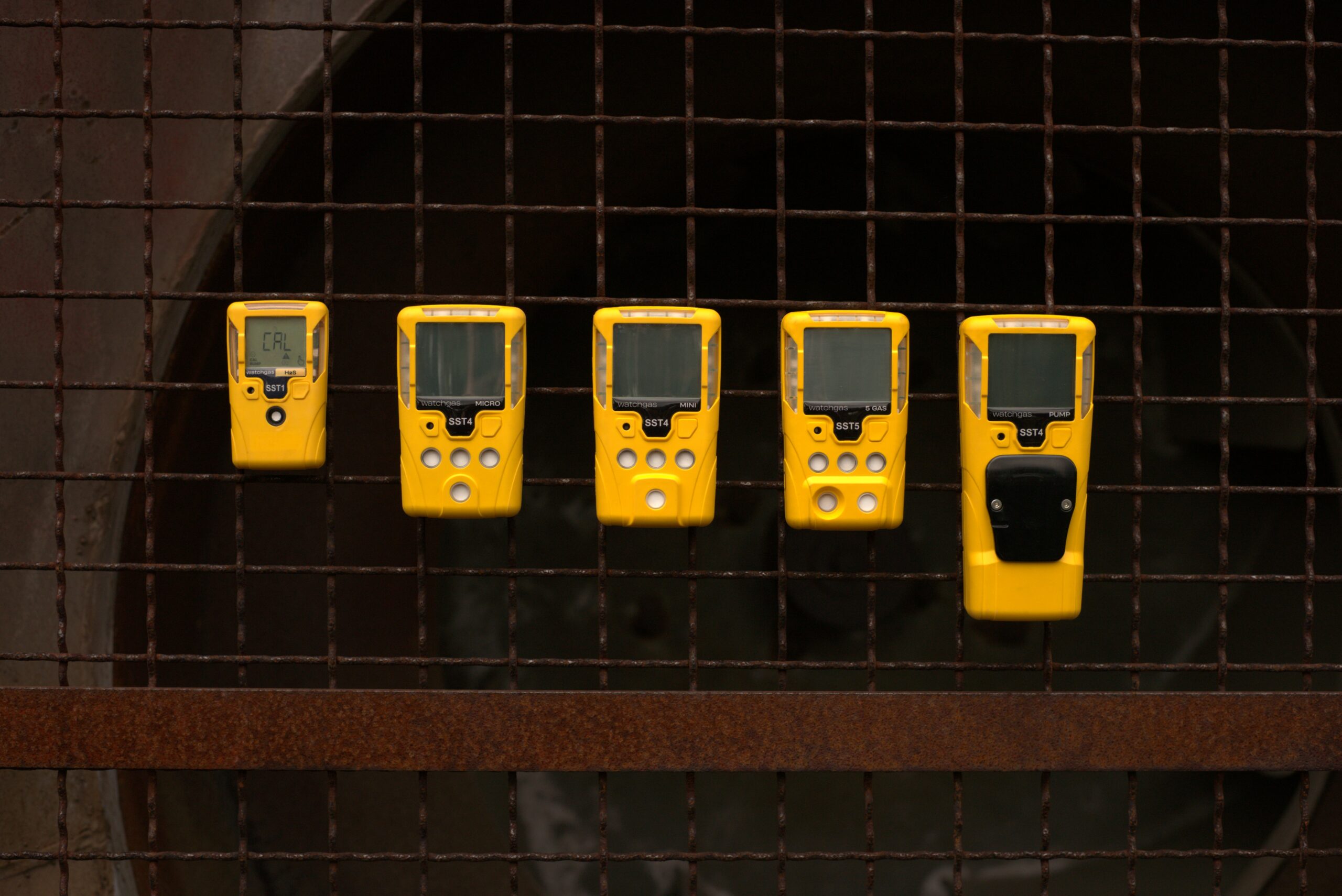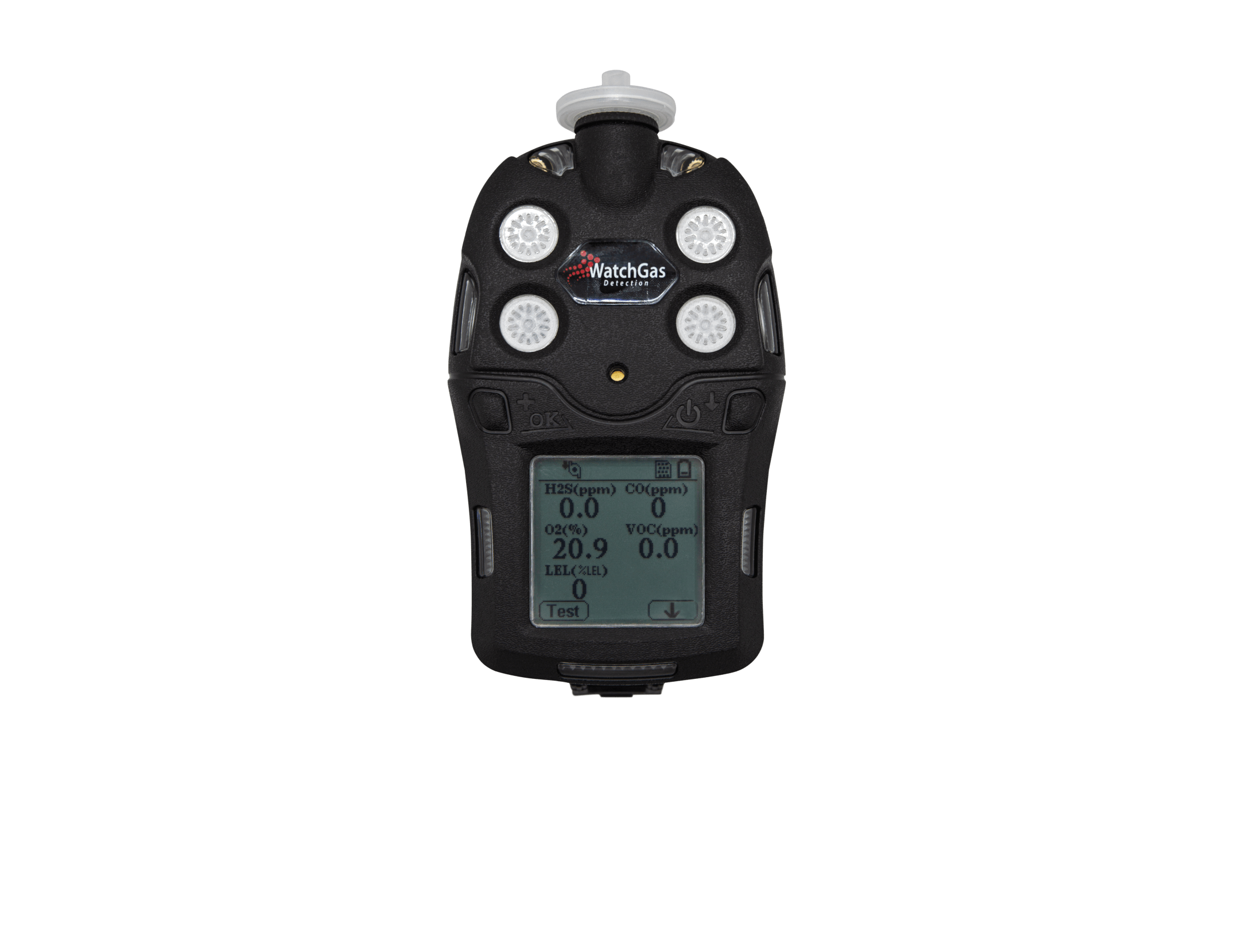Month 1 of 2024, and WatchGas has some exciting news. This month, we release four new target gases for our highly successful SST1.
Today, we look at phosphine (PH3), its effects and applications, and where you can find this gas. It is a colorless, flammable, and highly toxic gas. Phosphine gas is primarily used in industrial and laboratory settings as a reducing agent and fumigation and in the semiconductor industry for doping and etching purposes. Certain bacteria and human activities, such as decaying organic matter and sewage systems, can also produce it naturally.
The PH3 SST1 is fully compatible with the WatchGas Ecosystem of the Mobile Phone Application and the SST-Dock. If you want to discover more, speak to your local partner or WatchGas representative. The part number for the PH3 SST1 is SST-P, and the units are fully released and available for shipment. Join us next week for news on our other H2, NH3, and CH4S releases.










